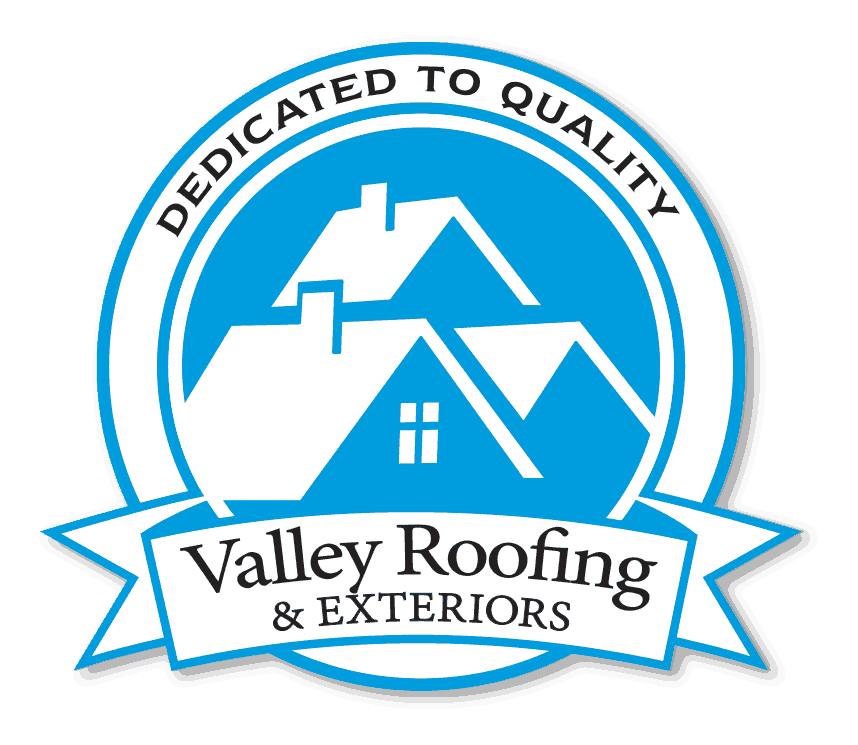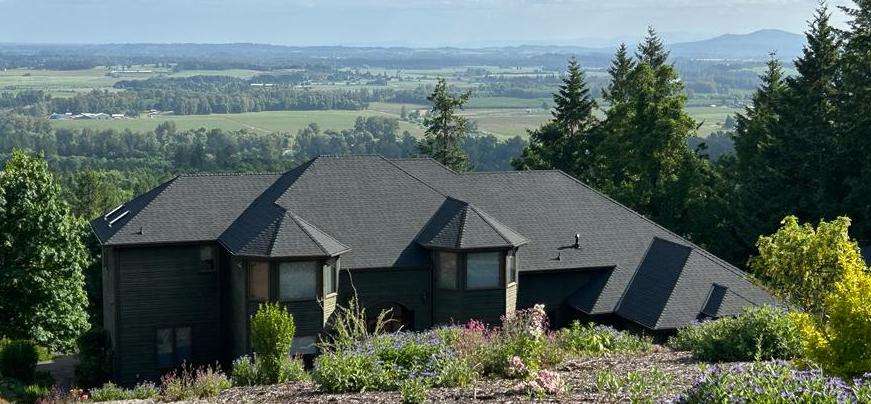Roofing is an integral part of construction that is changing quickly because of new technologies and creative solutions that are shaping the future of this vital building part. New technologies are changing the way roofs are made, from making them last longer to using less energy. This piece talks about the exciting changes happening in the roofing business. It focuses on the new and cutting-edge technologies and ideas that are making the future more sustainable and efficient.
Is Green Commercial Roofing the Future?
Yes, green methods and long-term solutions are very much in the future of business roofing. As the world’s attention on sustainability and protecting the environment grows, the business roofing industry is acting by using more eco-friendly methods. Because of these things, green roofing is the way of the future for businesses:
1. Environmental Concerns
Traditional roofing materials and practices are becoming more environmentally conscious. Green roofing methods, like solar roofs and vegetated roofs, help slow down climate change, use less energy, protect wildlife, and control the flow of rainwater. Green roofing choices are becoming more appealing as more businesses and building owners care about the environment.
2. Energy Efficiency
Energy efficiency drives green roofing adoption. Cool roofs reflect sunlight and let out less heat, so people don’t need to use air conditioning as much, which saves energy and lowers carbon emissions. When solar panels are built into roofing systems, buildings can make clean, green energy, which means they don’t have to rely on standard power sources as much.
3. Regulatory Requirements
To support the use of green building techniques, such as green roofing, many countries and cities are putting in place rules and giving rewards. Building rules and standards now put an emphasis on using sustainable materials, saving energy, and building in a way that doesn’t harm the earth. Commercial building owners are choosing green roofing choices more and more to follow these rules and get rewards.
4. Cost Savings
Green roofing systems may cost more to install at first, but they often save you money in the long run. Roofing systems that use less energy lower electricity bills by making heating and cooling less expensive. Some governments and utility companies also offer financial benefits, like tax credits and rebates, to encourage the use of green roofing. This makes it a more realistic choice for business buildings from an economic point of view.
5. Green Roofing Technology
Technology has made green roofing more accessible, efficient, and attractive. Green roofs can be designed in more ways and are easier to put in place thanks to improvements in lightweight materials, flexible systems, and plant choices.
Future Trends in Roof Technology
Here are nine cutting-edge trends in roof technology for 2024 that you should know about before your rivals do.
1. Self-Healing and Self-Cleaning Roofs
Traditional asphalt shingles are an excellent way to cover your roof that won’t break the bank. The bad thing? They are known to have problems with weather, mildew, and other upkeep. Loss of granules, whether from wear or scratching, is a very sneaky way that damage can happen. If you lose too many granules, water damage, splitting, and UV degradation can occur.
Thermoplastics are used to make self-healing patches. They can fix minor scratches with this material. How it works:
The polymer splits from the thermoplastics when they get hot in the sun. Then, when the shingle cools, the molecules in the thermoplastic form new links that cover up any damage, like scuffs and scratches. Basically, heating and cooling thermoplastics don’t change how long they last. This unique roofing material can fix scratches and scuffs on its own, so it will last for a long time.
2. Using 3D Printing for Roofs
3D printers are one of the most critical new technologies for making things in the 21st century. They are flexible, quick, and make very little trash. It’s becoming more common in many areas to use them. Roofing is no different. Building companies are using 3D printing to make not only roofs but sometimes whole houses with the help of computer-aided design (CAD). For example, green roofs and other new roofing technologies are being helped to grow with its help.
At the moment, something much less important than structural stability is stopping 3D printing from being used more often in building homes and businesses. Even though this new roofing technology has a lot of benefits, building rules have not yet been taken into account. Companies that offer services like new roof fixing services using 3D printing seem to shut down after a while. There are, however, clear advantages to 3D printing roofs. In time, leaders in business and government will find ways to make this technology more widely used.
3. Cool or White Roofing
Because of climate change, people around the world are trying to make buildings more energy-efficient. This led to the development of white or “cool” roofs. Cool roof technology is better than standard roof technology at reflecting sunlight and letting heat escape. This makes cooling work better and uses less energy. Cool roofs can be made from naturally cool things, like metal or shingles, that are light in color. You can also get them by covering something with something that reflects sunlight. They could even have green roofs. Cool roofing is something that all roofers should know about, but those who live in warmer places should know it even more. There may even be benefits from the government for people who choose this energy-efficient choice for their homes or businesses.
4. Smart roofs
Things that connect to the internet are every day in homes these days. What about on top of the house?
Putting WiFi-connected sensors on your roof can help you find leaks, dangerous snow loads, clogged roof drains, and more. Innovative roof technology can let you know about possible roof problems before they get worse, just like home security technology can let you know about disturbances.
5. Robotics
Innovators are still excited about the possibilities of robots in building, which could make it safer, more efficient, and more accurate. A new robotic roof technology that is getting a lot of attention is the robotic shingle finisher. People still need to run the winch-based robot and reload the shingles. So, don’t think that soon there will be fully independent robots putting on roofs. There’s also an inspection robot that moves around job sites that looks like a Mars Rover. This tiny robot can safely check out dangerous or hard-to-reach places thanks to its high-resolution video camera and many sensors.
6. Better resistance to bad weather
Polymer-modified asphalt is used to make roofs that can withstand impact. Because this changed asphalt is more flexible, it can handle impacts better than regular shingles. Insurance companies are so pleased with this new roofing technology that some will lower your rates if you install roofing materials that are resistant to damage from impacts. This kind of roofing technology can help your customers save money on their insurance costs while also making their roofs last longer and work better.
7. Silicone Roofing
Cracks, blisters, and seams in roofs can be filled with silicone roof protection, which makes the roofs more weatherproof. It’s most often found on older roofs that are still in pretty good shape. The extra safety makes them last longer. The key to making this new roofing technology work is the laser check that is done before it is put on. Any wet spots under the roof covering are found during the check. The roof is power-washed to make it shine after the wet areas are fixed. Next, the paint and silicone finish are put on.
8. High-Tech Solar Shingles and Panels
Solar panels on roofs are becoming more and more popular on both private and business roofs. They’re only sometimes the best choice, though. Now come solar shingles. Photovoltaic technology is used by both solar panels and solar shingles to turn sunlight into power. In the same way that regular roofs do, they protect the building from the weather. Plus, because they look like roofs, they save more energy while keeping the standard look that people like. This could be the perfect middle-ground option if your customers need to be sure about solar panels but like the idea of making their own electricity.
Final Thoughts
There are a lot of new technologies that are changing the future of roofing. These include solar roofs and materials that can fix themselves. As construction practices prioritize sustainability and energy efficiency, these emerging technologies offer roofing solutions that go beyond traditional methods. Intelligent systems, green roofing, and advanced materials improve roof performance and create a more resilient and environmentally friendly built environment. With ongoing research and development, the roofing industry can help create a sustainable future where roofs protect structures and contribute to a cleaner, greener, and more efficient world.



